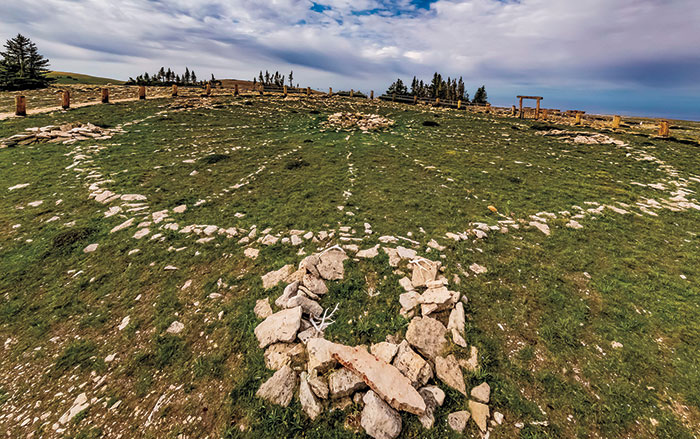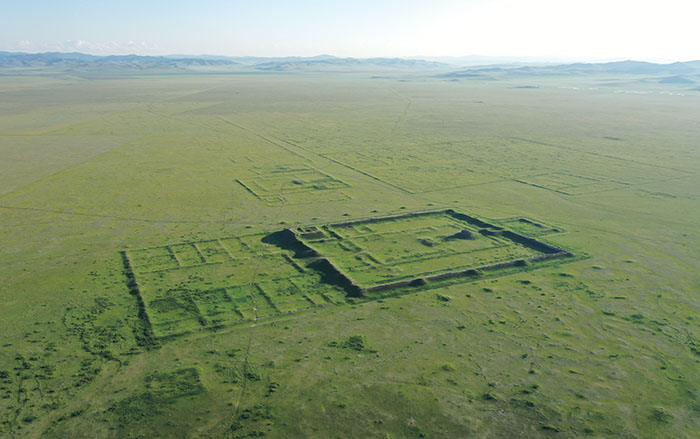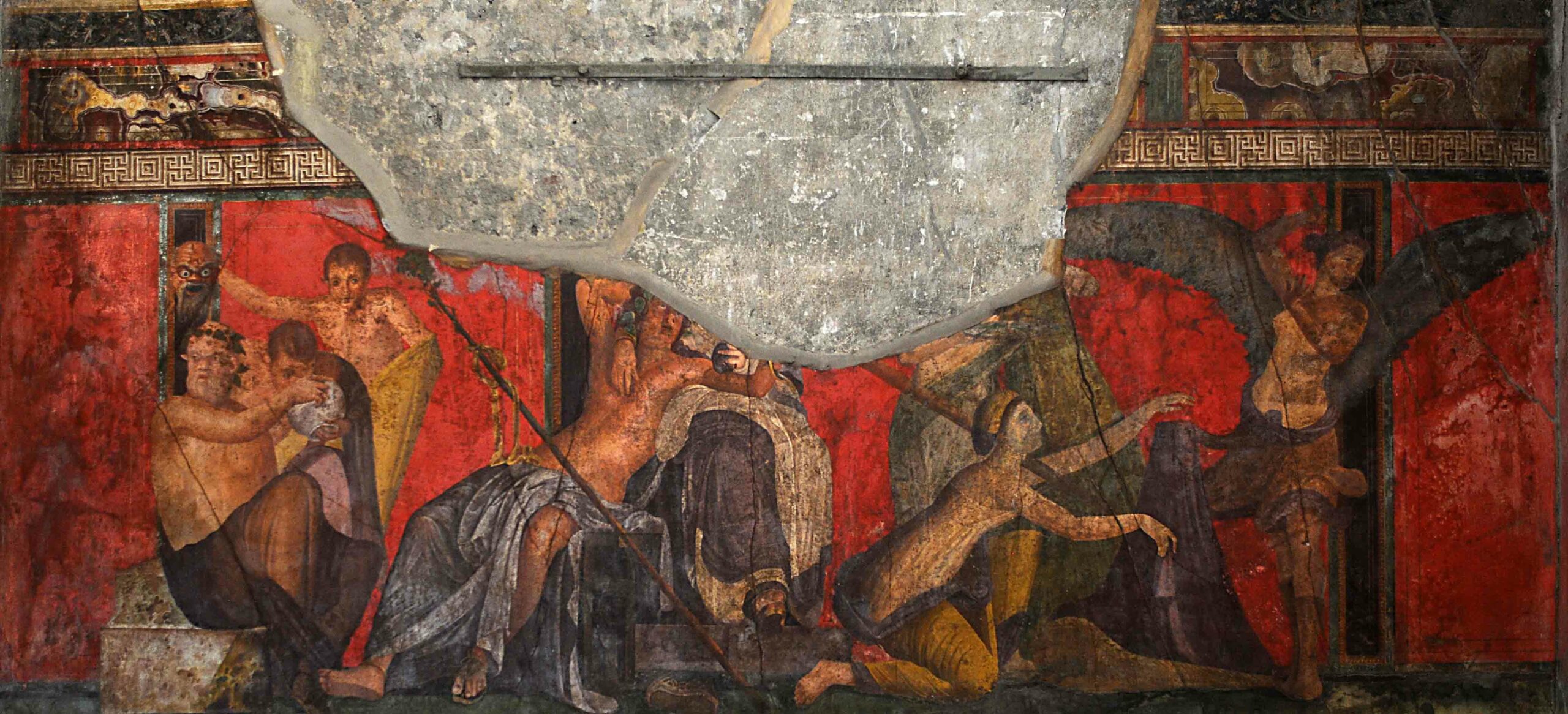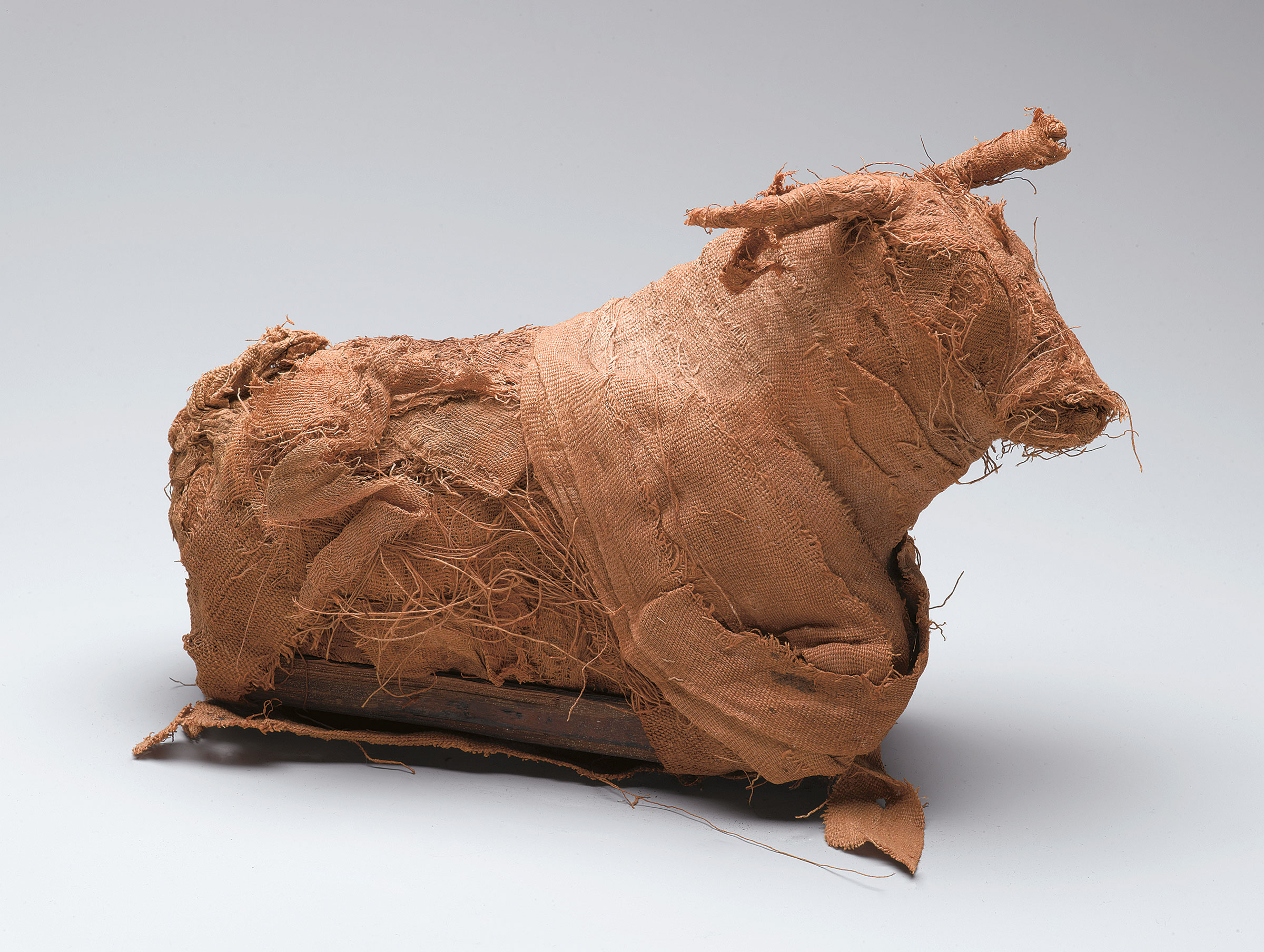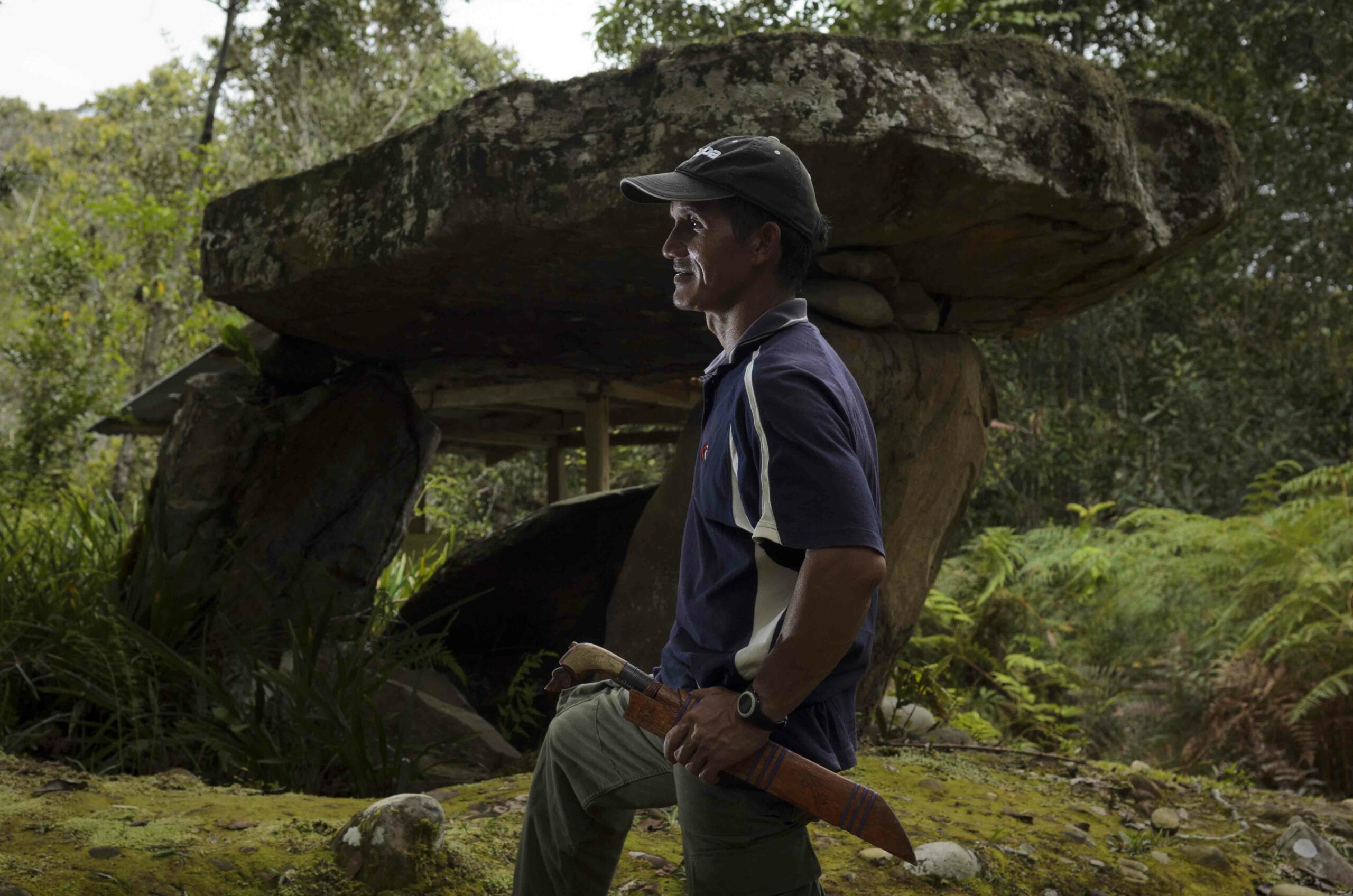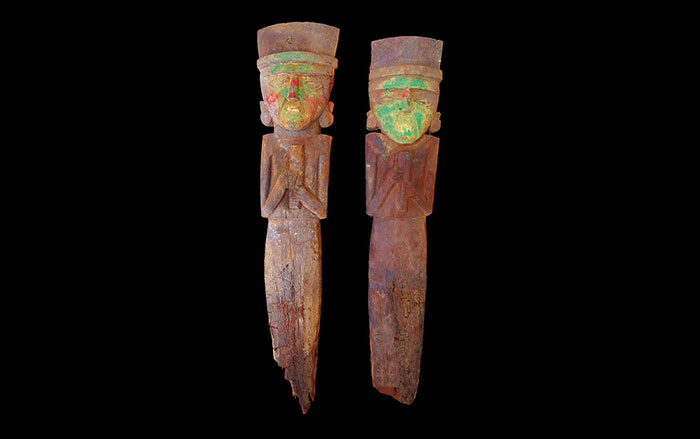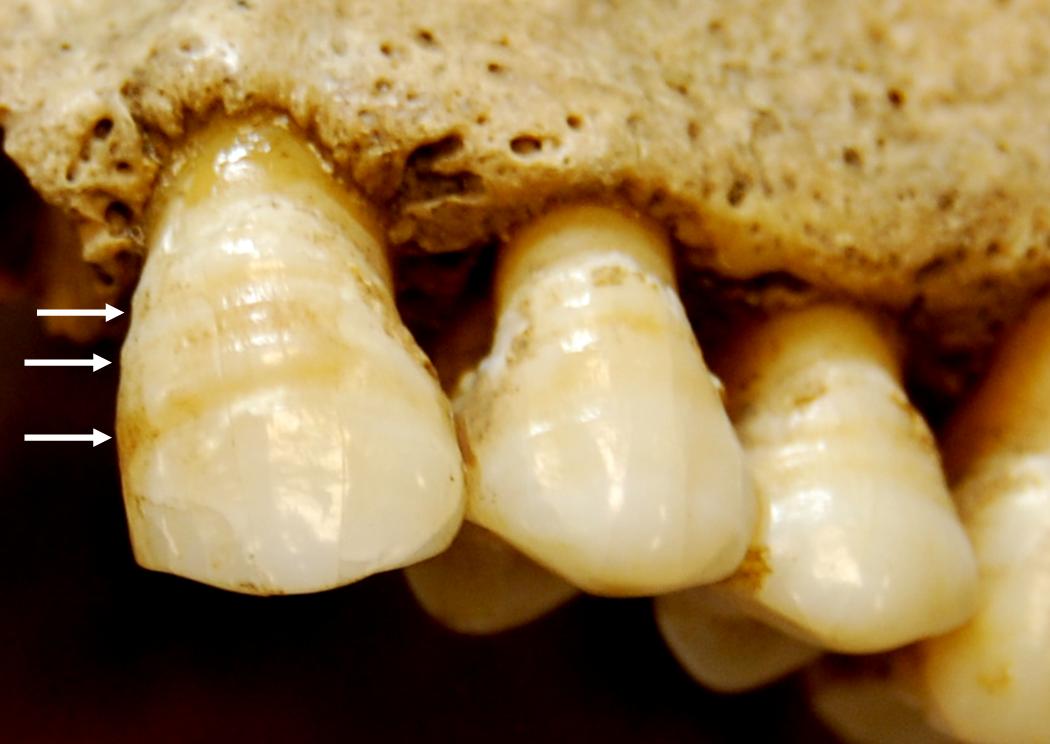
COLUMBIA, SOUTH CAROLINA—Sharon DeWitte of the University of South Carolina has conducted a careful examination of the skeletal remains of more than 1,000 men, women, and children who lived before, during, and after the Black Death that struck London in 1347. “I look for the parts of the skeleton that are going to tell me about age at death and sex, and then I look for a suite of skeletal stress markers that give me a general idea of how healthy people were,” DeWitte said. She found that frail people were more likely to die when infected with the plague, and survivors went on to live long lives, perhaps because they benefited from a better diet and improved housing. “Because so many people died from the Black Death, wages increased for the people who survived. People of all social classes were eating better food, which would have had strong effects on health,” she explained.


